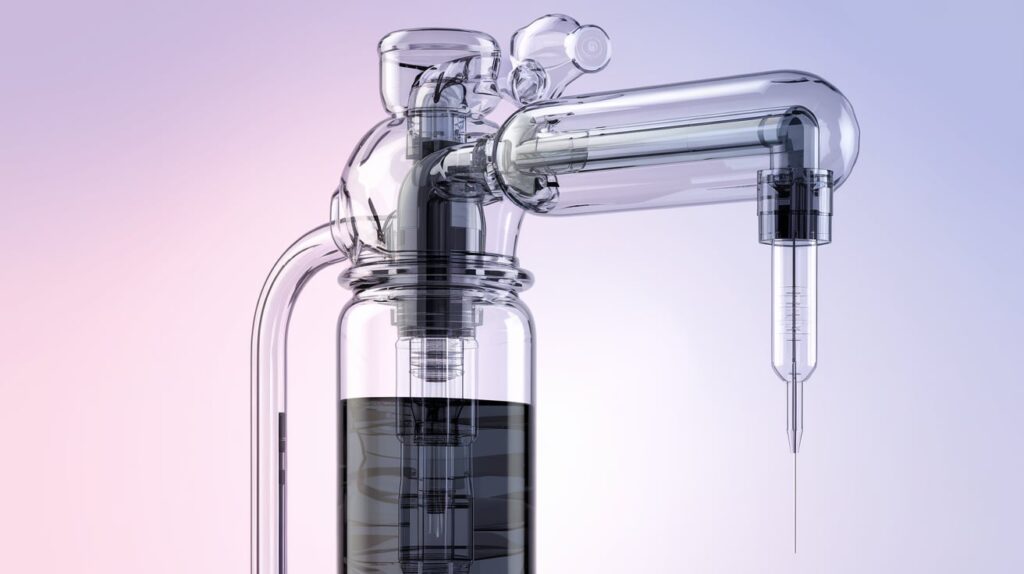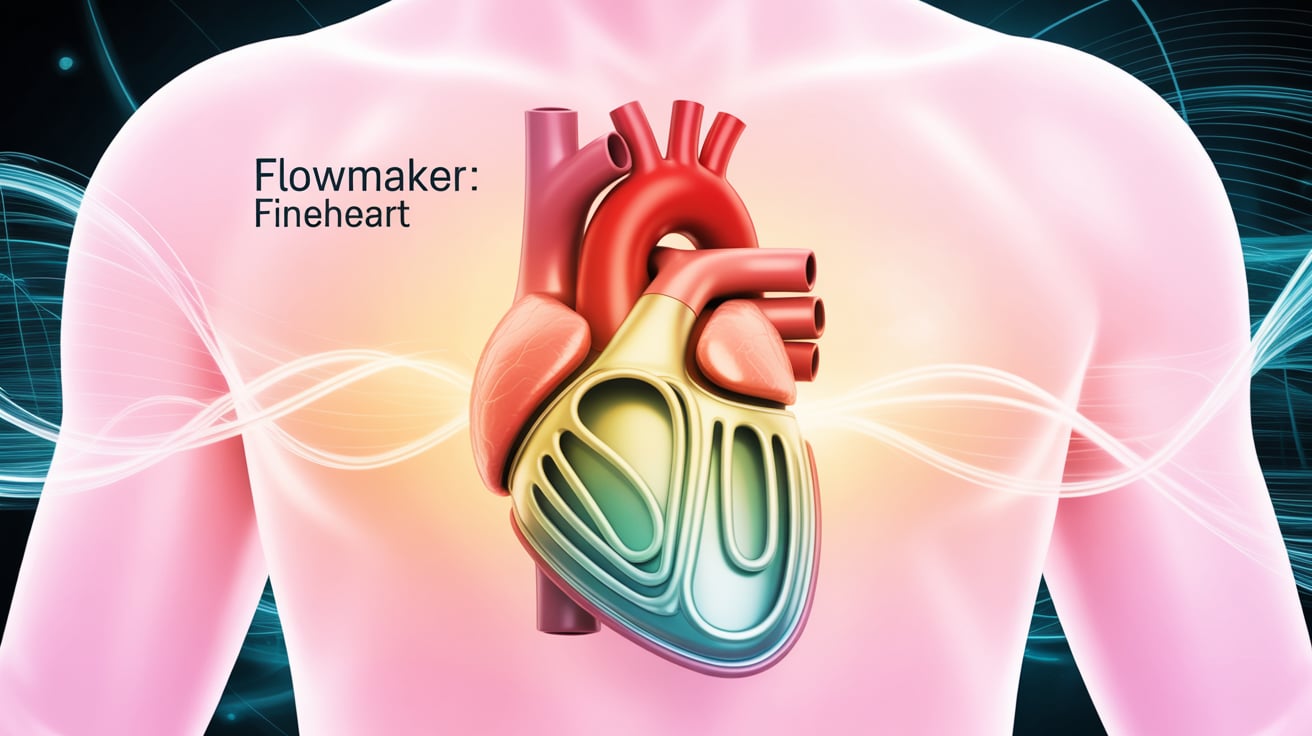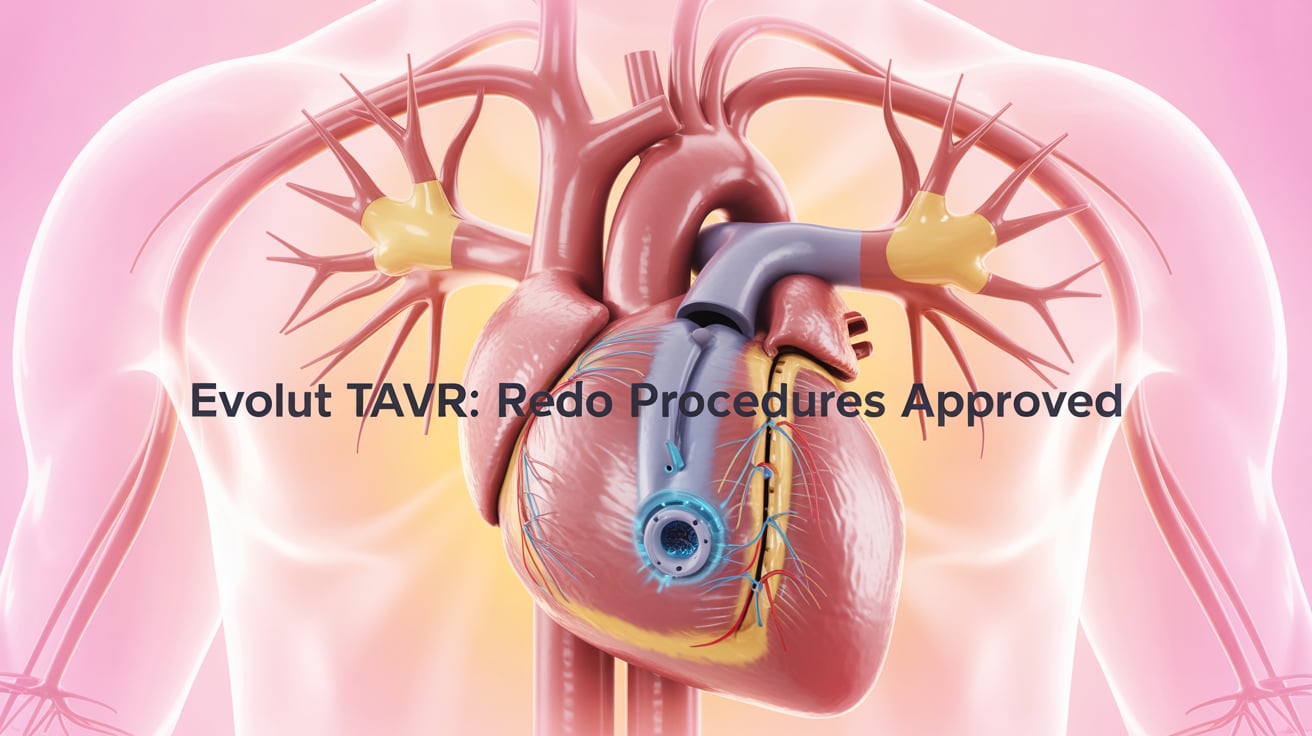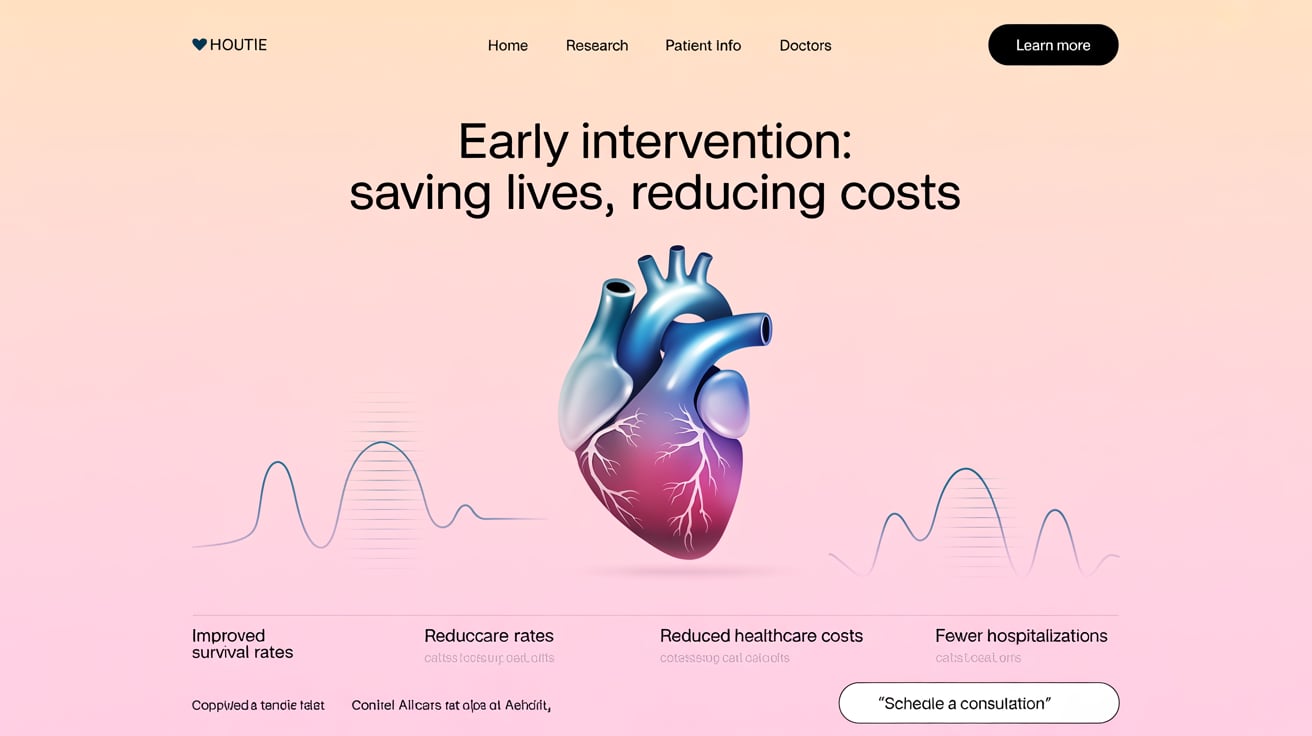Streamlining the path to FDA approval with reliable validation data and collaboration.
How can medical device manufacturers avoid delays and ensure successful device validation?
Navigating the complex regulatory landscape of medical device manufacturing can be daunting. With over 13,000 FDA recalls between 2018 and 2022, selecting the right materials and collaborating closely with suppliers is more crucial than ever. Porex Membrane Technologies partners with OEMs to provide innovative solutions that simplify the validation process, reducing risk and accelerating approval.
The Importance of Validating Material Compatibility for Medical Devices
Bringing a medical device to market typically takes three to seven years, with safety data proving to be one of the most time-consuming hurdles.
- Material validation: Ensuring that materials meet regulatory and safety standards is essential, as the wrong material can delay the entire approval process.
- Supplier collaboration: Working with suppliers like Porex ensures that material compatibility is thoroughly tested, reducing the risk of errors down the line.
Porex’s expertise in porous membrane technology provides OEMs with the necessary data and support for faster, more confident FDA approval.
Meeting Regulatory Standards with Rigorous Testing
Porex ensures its materials meet stringent safety and regulatory requirements, helping OEMs streamline their validation process.
- Cytotoxicity testing: Demonstrates non-toxicity for medical use.
- USP Class VI compliance: Proves suitability for medical applications.
- FDA 21 CFR 177.1550: Ensures safety when in contact with drugs.
By offering these thorough tests, Porex helps manufacturers confidently meet global regulatory expectations for drug delivery devices.
Addressing Design Challenges: Validating Dosage and Airflow
Self-administration devices require precise validation to prevent health risks associated with over/under-dosing.
- Pressure equalization: Porex tests ensure high airflow and leak-proof designs, addressing critical dosing accuracy concerns.
- Hydrophobic membranes: Maintain airflow and prevent clogging, mitigating risks of inaccurate dosing in high-viscosity drug formulations.
Porex’s stringent validation testing improves safety by ensuring devices perform as intended under real-world conditions.
Raising the Bar: Viral Filtration Efficiency
Porex has set new standards in filtration testing with its viral filtration efficiency (VFE) tests, capturing aerosol particles with 99.99% efficiency.
- Viral vs. bacterial filtration: Traditional bacterial filtration efficiency (BFE) testing is being replaced by VFE for improved protection against viral contamination.
- Innovation in filtration: Porex pioneered VFE testing, ensuring the highest level of protection against contamination in medical devices.
This commitment to cutting-edge testing methods improves safety and reliability for both manufacturers and end users.
Empowering Healthcare Innovation
With over 60 years of expertise and a global presence in 65 countries, Porex Membrane Solutions empowers medical device manufacturers to tackle complex venting and filtration challenges.
- Industry leadership: With over 1,500 partnerships, Porex’s innovative solutions simplify the FDA approval process and ensure the highest standards of patient safety.
By offering trusted materials and technical support, Porex helps drive the next generation of medical devices, improving patient outcomes and reducing the risks associated with device failures.
Follow MEDWIRE.AI for more insights on medical device innovation and validation.








